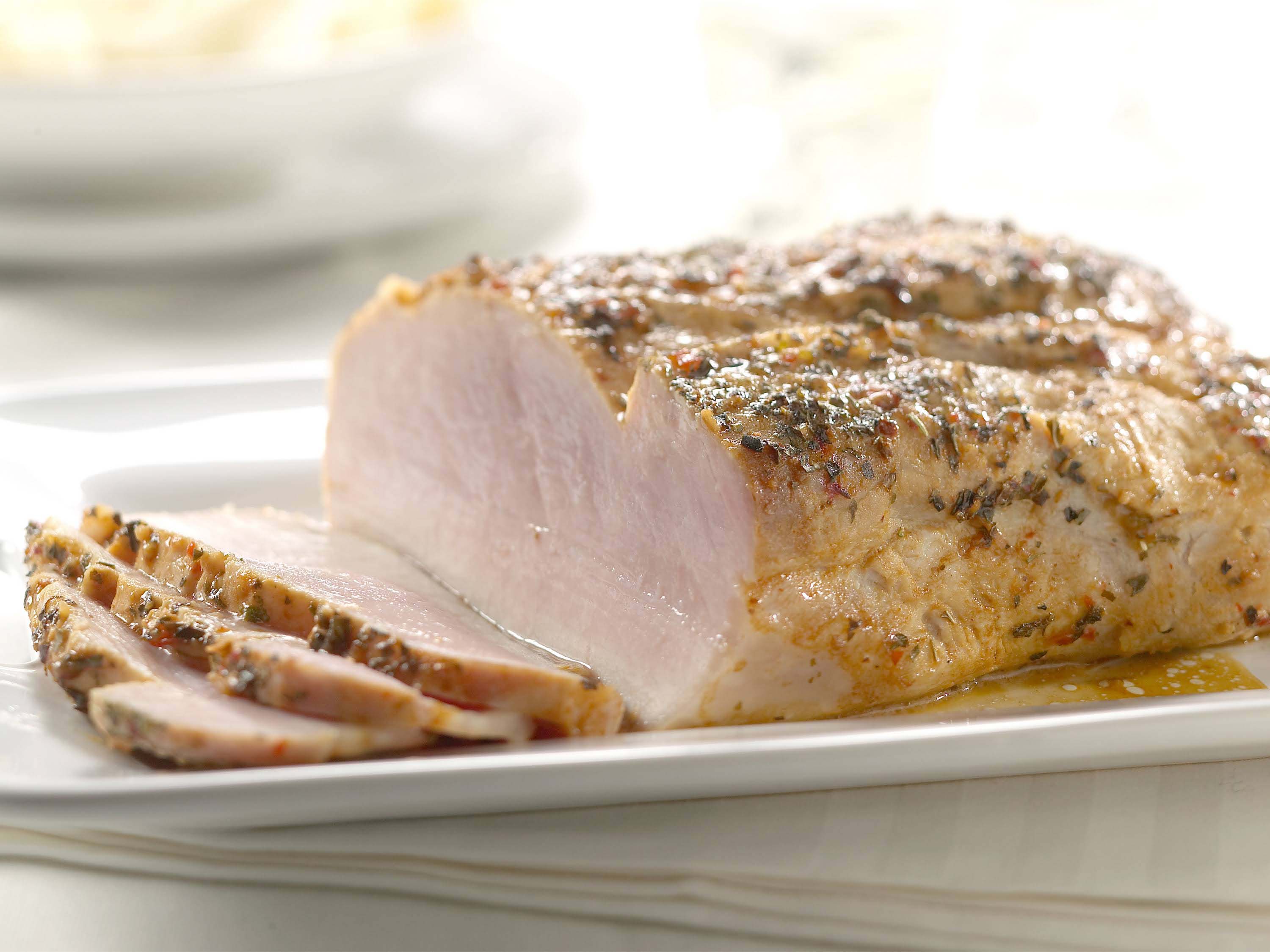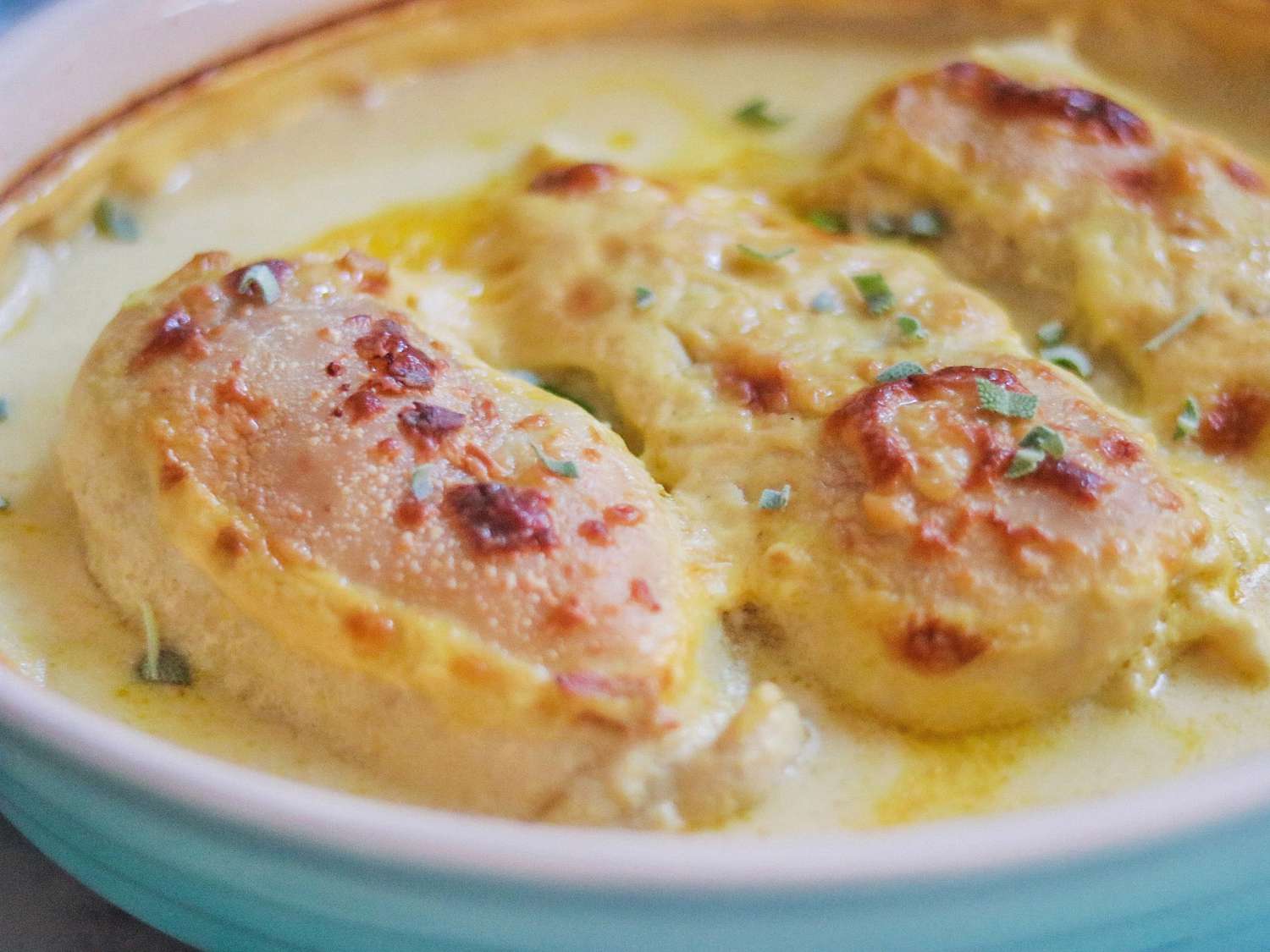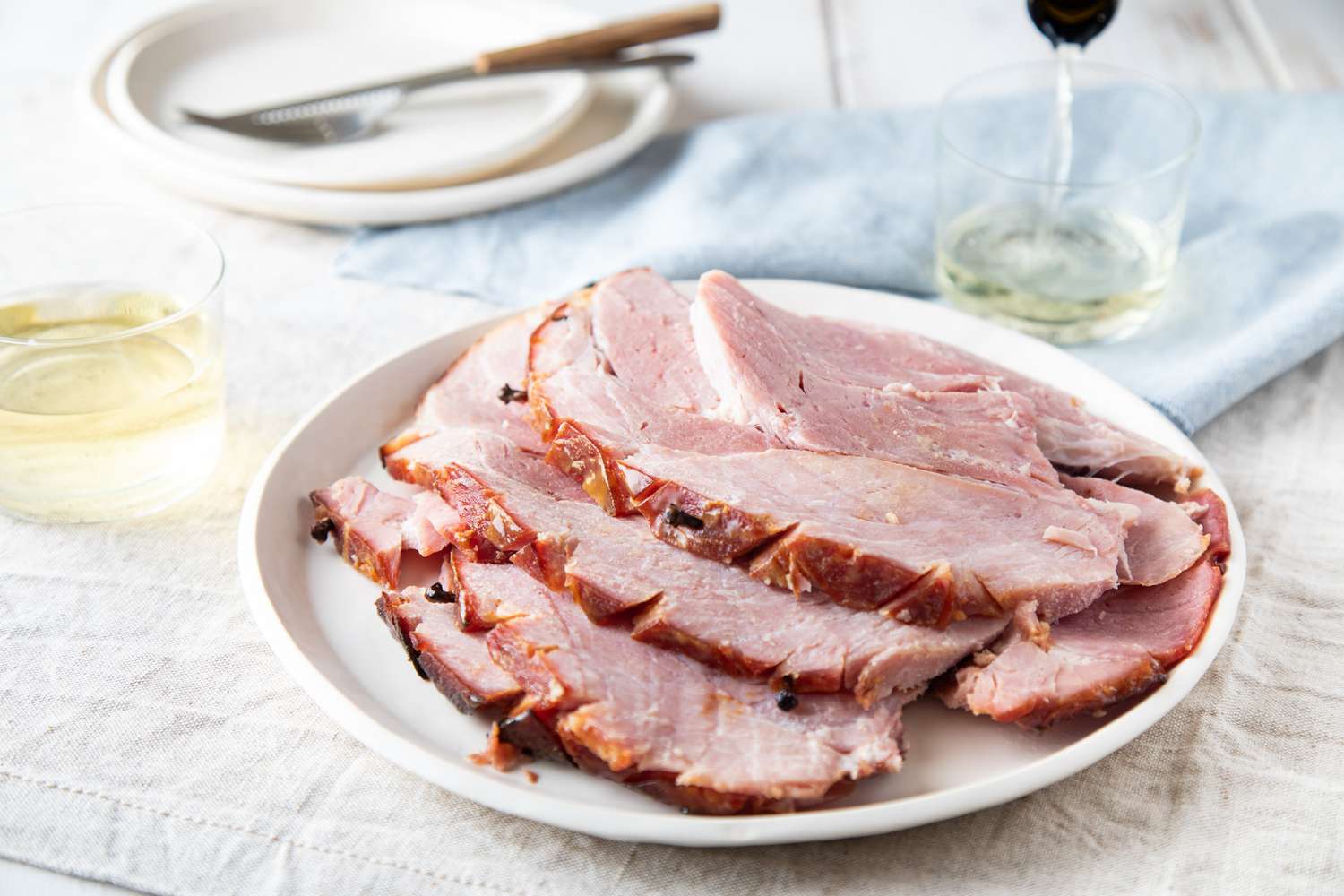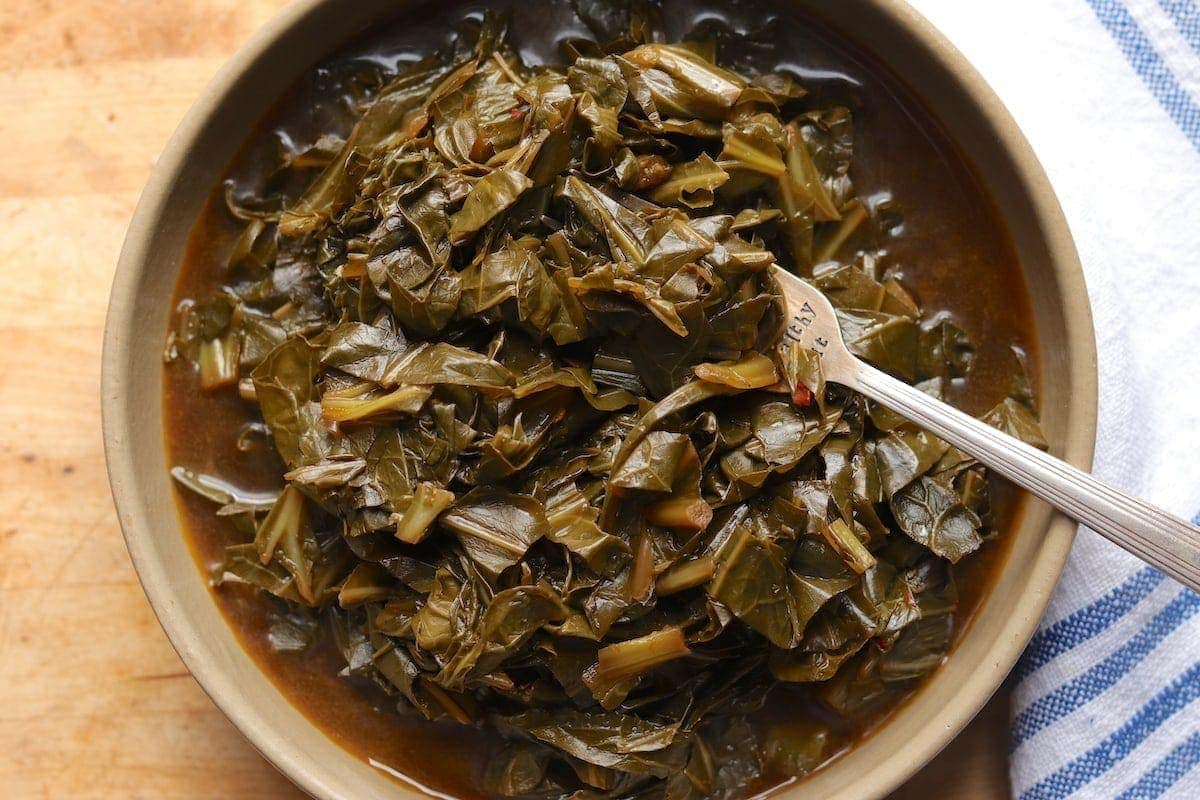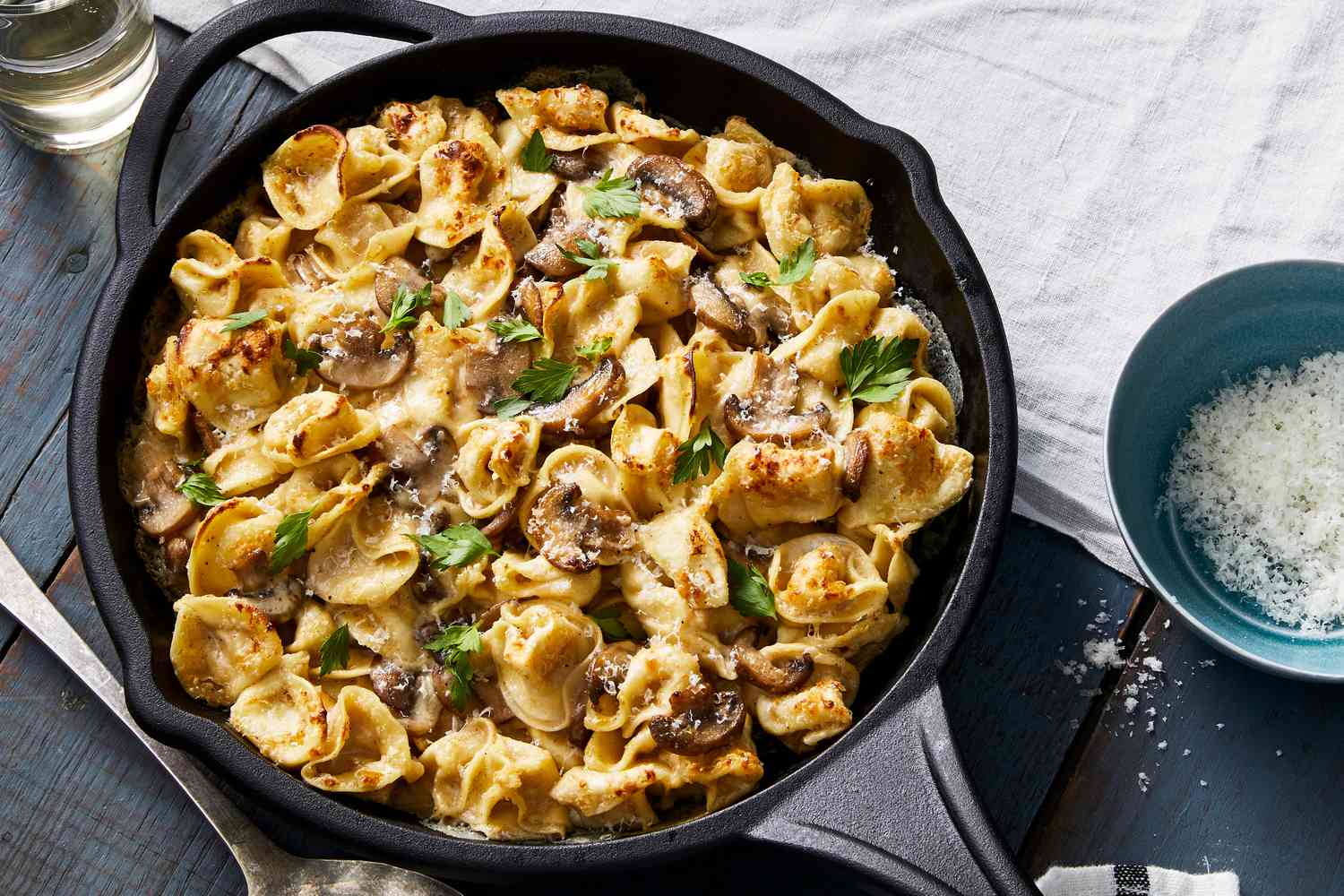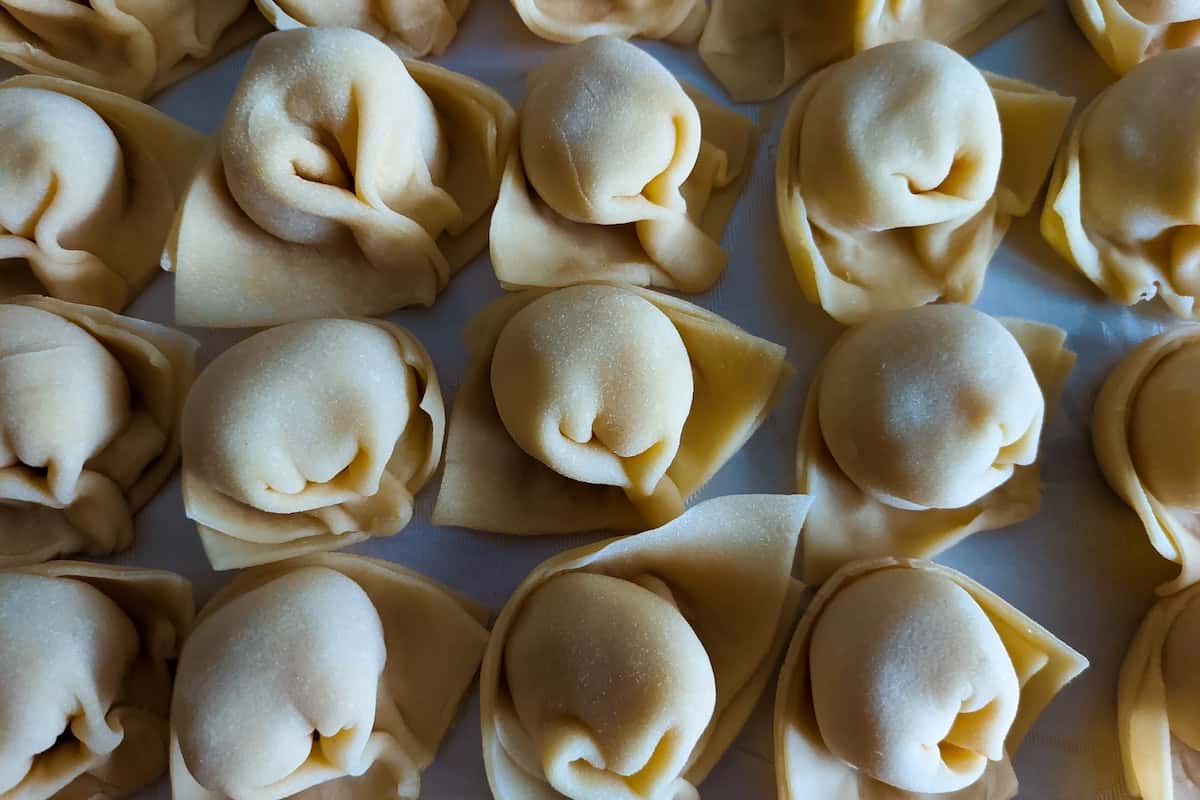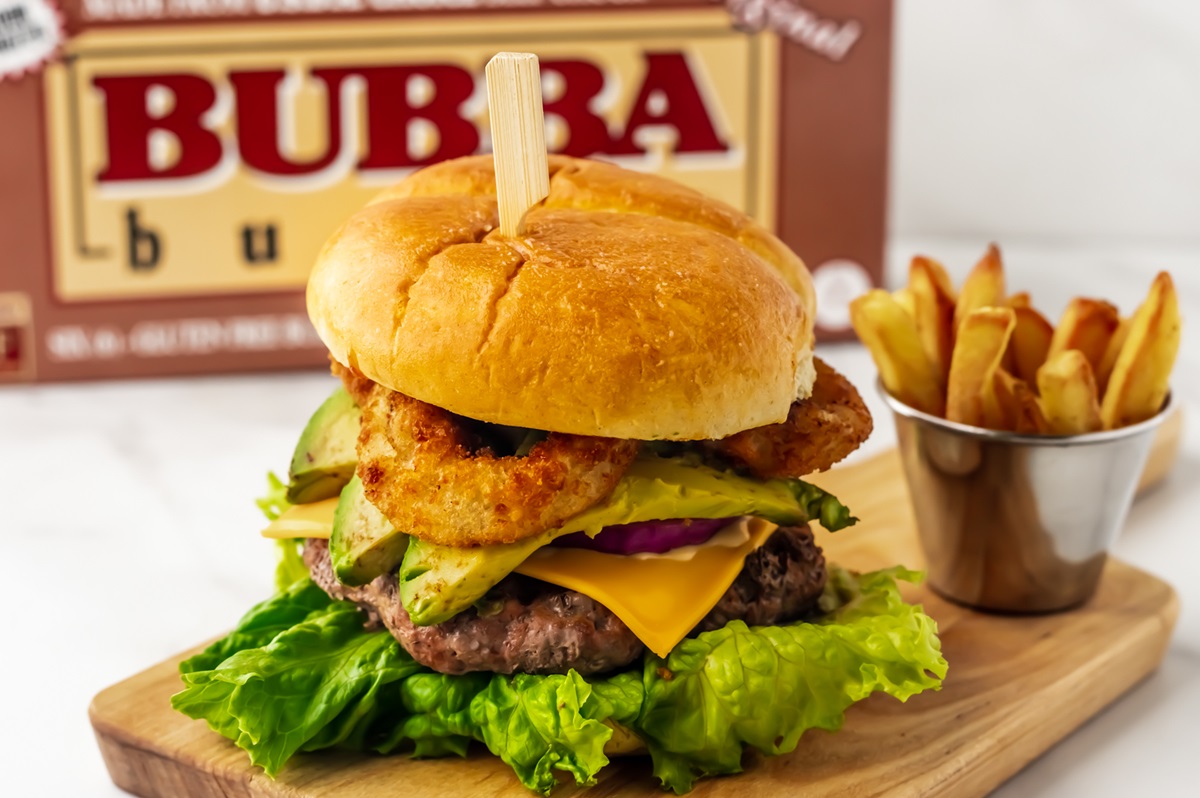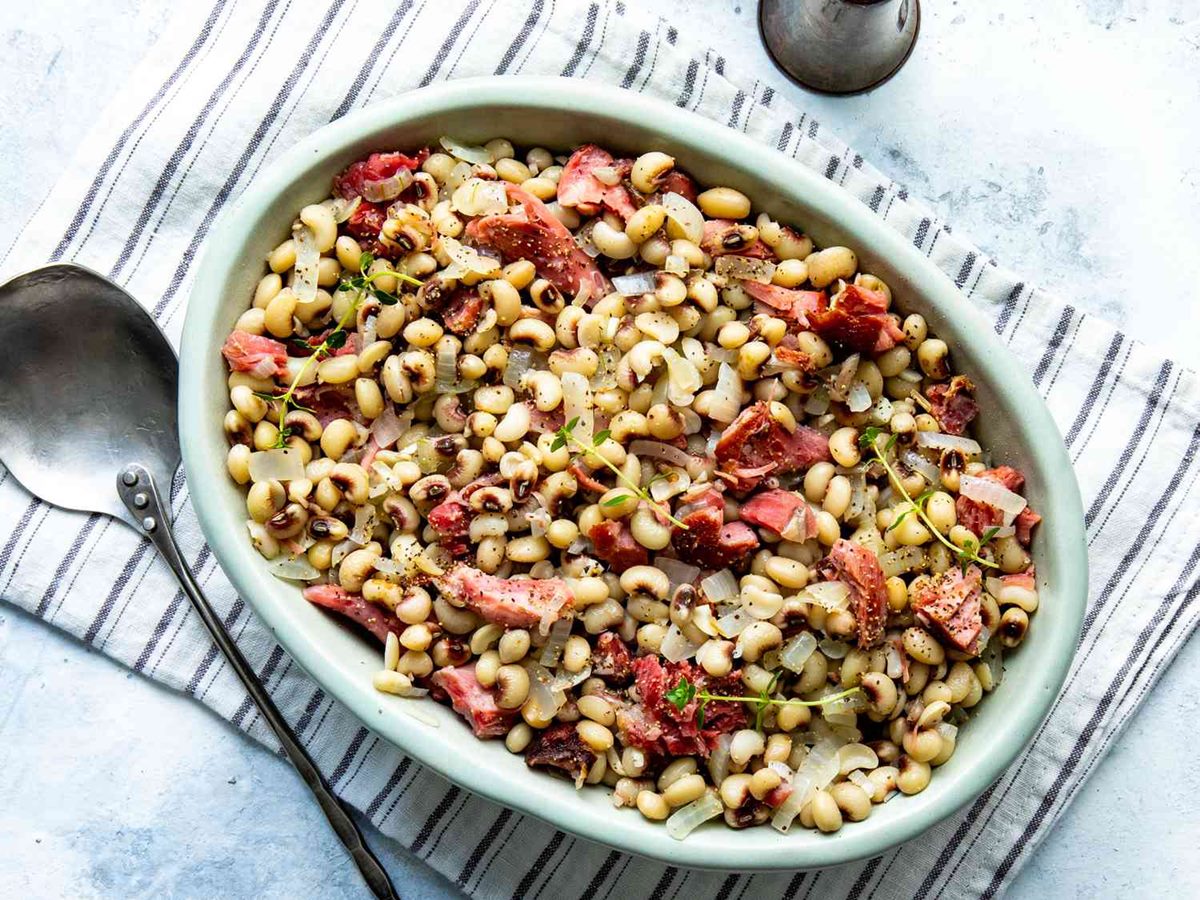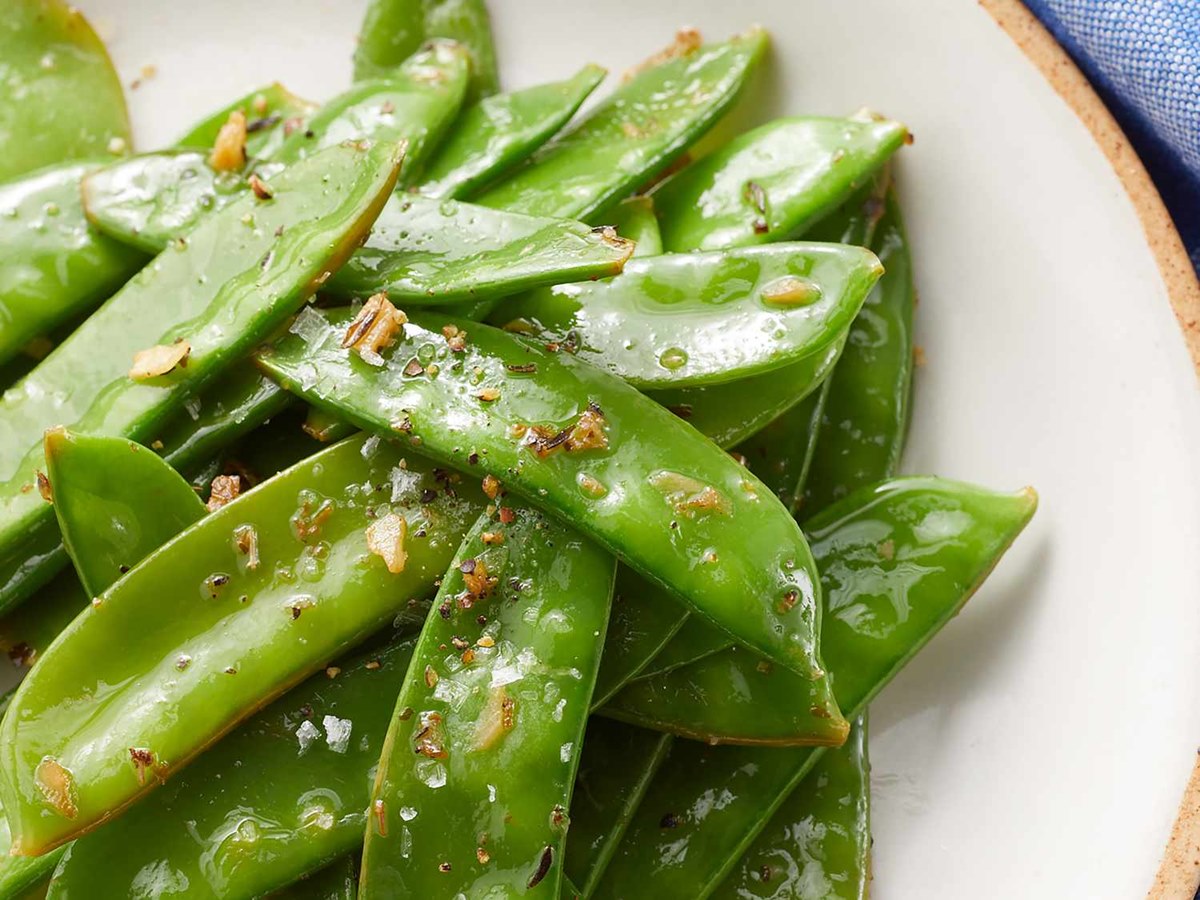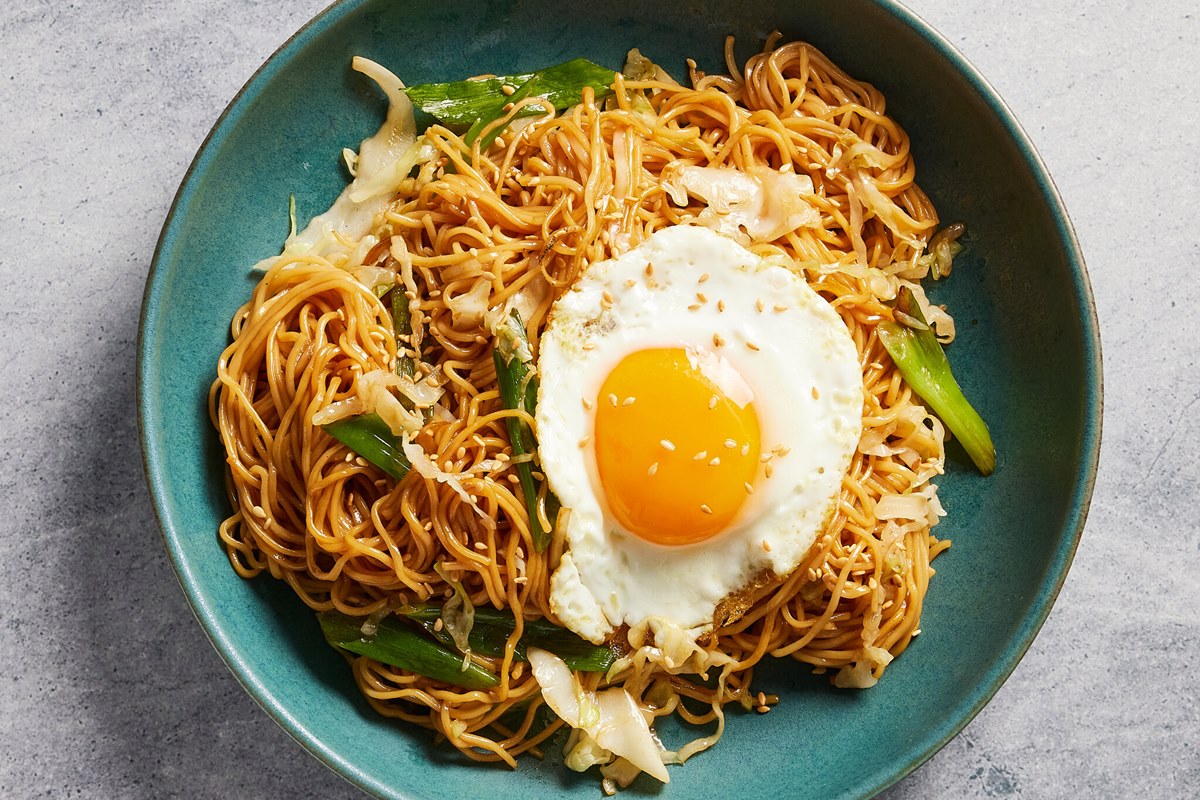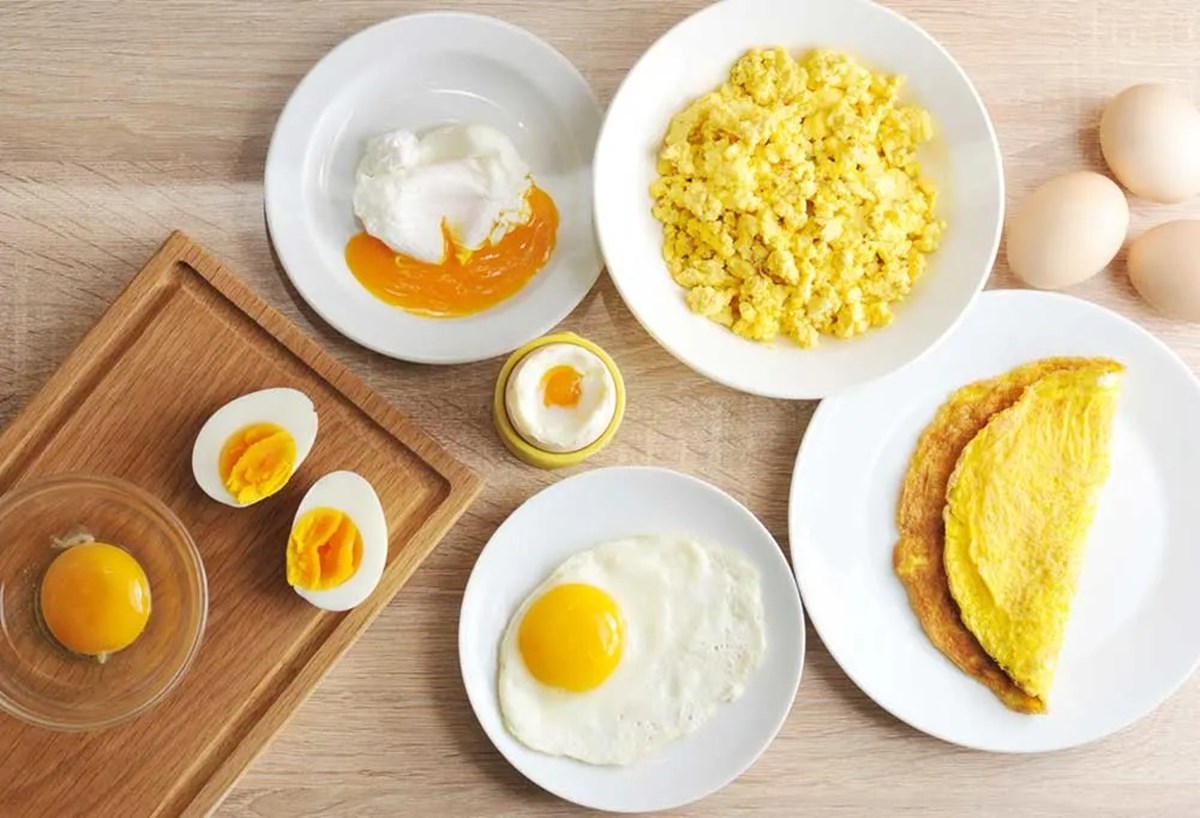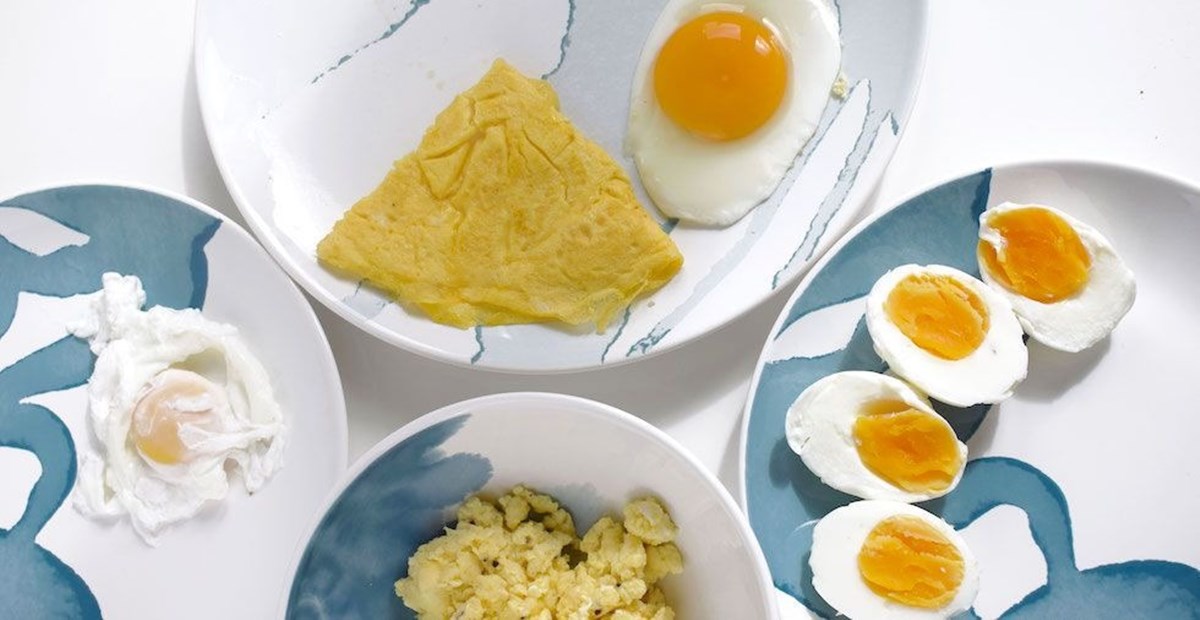How To Cook Collard Greens In A Pressure Cooker
If you’re looking for a quick and easy way to prepare collard greens, using a pressure cooker is the way to go. Not only does it save you time, but it also helps to retain the flavors and nutrients of the greens. In this article, we’ll guide you through the steps of cooking collard greens in a pressure cooker, ensuring a delicious, tender outcome every time.
Ingredients:
- 1 bunch of collard greens
- 1 tablespoon of oil
- 1 onion, diced
- 3 cloves of garlic, minced
- 1 cup of vegetable or chicken broth
- 1 teaspoon of salt
- 1 teaspoon of black pepper
- 1/2 teaspoon of red chili flakes (optional)
Instructions:
- Start by cleaning the collard greens thoroughly. Remove the tough stems and chop the leaves into bite-sized pieces. Rinse them under cold water to remove any dirt or debris.
- Set your pressure cooker to sauté mode and heat the oil. Add the diced onion and minced garlic, and sauté until they become fragrant and translucent.
- Add the chopped collard greens to the pressure cooker and give them a quick stir to coat them in the onion and garlic mixture. This will help to enhance the flavors.
- Pour the vegetable or chicken broth over the collard greens. You can also use water if you don’t have broth on hand. Season with salt, black pepper, and red chili flakes if desired. Stir everything together.
- Secure the lid of your pressure cooker and set the cooking time to 8 minutes on high pressure.
- Once the cooking time is complete, carefully release the pressure according to your pressure cooker’s instructions. Be cautious as the steam can be hot.
- Open the lid and give the collard greens a gentle stir. They should be tender and flavorful.
- Transfer the cooked collard greens to a serving dish and enjoy them as a side dish with your favorite main course. They pair well with grilled meats, roasted chicken, or even as a vegetarian option alongside quinoa or rice.
Cooking collard greens in a pressure cooker not only helps to save you time but also ensures that the greens cook evenly and retain their nutritional value. The pressure cooking process allows the flavors to infuse into the greens, resulting in a deliciously satisfying dish.
So, the next time you’re craving some flavorful and tender collard greens, give your pressure cooker a whirl. With this simple recipe, you’ll have a delicious and nutritious side dish on the table in no time.
For those looking to get the most out of their pressure cooker and enjoy some delicious collard greens dishes, there are several recipes worth trying. The Collard Greens and Black-Eyed Peas Stew is a hearty option that combines the earthy flavors of greens with the richness of black-eyed peas. Another great choice is Collard Greens with Ham Hocks, which offers a traditional Southern taste that's both savory and satisfying. For those who enjoy a bit of heat, the Jamaican-Style Collard Greens with Scotch Bonnet Peppers will surely spice things up. If you're in the mood for something lighter, the Collard Greens and Quinoa Salad provides a nutritious and refreshing alternative. Finally, the Vegan Collard Greens with Smoked Tofu is perfect for plant-based eaters looking for a smoky, flavorful dish without any meat. Each of these recipes takes full advantage of the pressure cooker’s ability to infuse deep flavors quickly, making them ideal for anyone eager to enjoy delicious collard greens without spending hours in the kitchen.
